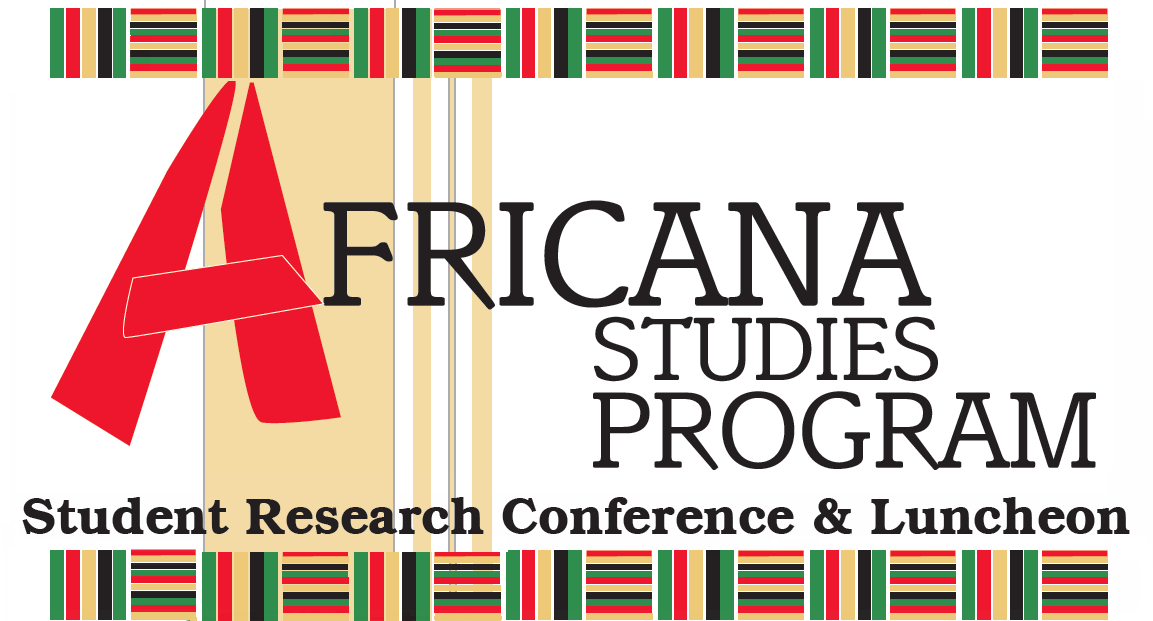Degree Program
Graduate
Major
African Studies
Abstract
Previous studies about Muridiyya have mostly focused on the economic and political influences of the Senegalese Sufi Islamic Brotherhood founded by Shaykh Amadu Bamba at the end of 19th century. At the beginning, Muridiyya was a reactive force to colonialism and it aimed to propose alternatives to Western cultural and economic domination. However, the rapid growth of Muridiyya was possible via the creation of decentralized Murid organizations and groups called dahiras (religious associations). Prior to the rise of dahiras, Murid’s religious ideology spread throughout daaras (Quranic schools), which intended to initiate Murid talibes (disciples) to Islam and the Brotherhood’s ideology. Over time and with globalization, different strategies were adopted in response to the growing influence of Western lifestyle in Senegal’s main urban areas. This study examines efforts of Murid agencies to increase the Brotherhood’s socio-cultural influences by creating urban dahiras, media outlets, TV and radio broadcasting programs. In that manner, this study shows that these efforts have been determinant in improving Murid faith as well as maintaining connections between urban-overseas Murids and Touba, their holy land.
Start Date
24-2-2017 10:00 AM
End Date
24-2-2017 11:40 AM
Included in
Media in the Murid World: Analysis of Inscribed Faith and Religious Identity in Murid Agencies’ Media Approach
Previous studies about Muridiyya have mostly focused on the economic and political influences of the Senegalese Sufi Islamic Brotherhood founded by Shaykh Amadu Bamba at the end of 19th century. At the beginning, Muridiyya was a reactive force to colonialism and it aimed to propose alternatives to Western cultural and economic domination. However, the rapid growth of Muridiyya was possible via the creation of decentralized Murid organizations and groups called dahiras (religious associations). Prior to the rise of dahiras, Murid’s religious ideology spread throughout daaras (Quranic schools), which intended to initiate Murid talibes (disciples) to Islam and the Brotherhood’s ideology. Over time and with globalization, different strategies were adopted in response to the growing influence of Western lifestyle in Senegal’s main urban areas. This study examines efforts of Murid agencies to increase the Brotherhood’s socio-cultural influences by creating urban dahiras, media outlets, TV and radio broadcasting programs. In that manner, this study shows that these efforts have been determinant in improving Murid faith as well as maintaining connections between urban-overseas Murids and Touba, their holy land.


